Use in Electric Motors
Permanent magnets play a crucial role in electric motors, especially in brushless DC (BLDC) motors, which are widely used today. These magnets create a consistent magnetic field that interacts with the motor’s windings to generate smooth, efficient rotation without the need for brushes. This design reduces wear and maintenance while improving performance.
In automotive applications, permanent magnet motors power everything from electric vehicles (EVs) to power steering systems, offering high torque and energy efficiency. In industrial machinery, these magnets help drive conveyor belts, pumps, and robotic arms with precision and reliability. Consumer electronics like computer cooling fans, drones, and household appliances also rely on permanent magnet motors for quiet, efficient operation.
Magnetic Resonance Imaging MRI Machines

Electronics and Gadgets Uses of Permanent Magnets
Permanent magnets are essential in many electronics and gadgets we use daily. They play a key role in speakers, headphones, microphones, and various sensors. In speakers and headphones, these magnets interact with electrical signals to move the speaker cones, which creates sound. Strong permanent magnets, especially neodymium magnets, help deliver clear, rich audio with better volume and bass response.
Microphones also depend on permanent magnets to convert sound waves into electrical signals accurately. Meanwhile, sensors using permanent magnets improve device responsiveness by detecting motion, position, or magnetic fields quickly and reliably. This makes them vital in smartphones, gaming controllers, and other smart devices.
In simple terms, permanent magnets make electronics perform better, providing us with higher sound quality and more precise sensor functions in the gadgets we rely on every day.
Renewable Energy Systems
Permanent magnets play a crucial role in renewable energy, especially in wind turbine generators and hydroelectric generators. These magnets help convert mechanical energy into electrical energy with high efficiency. Using strong magnetic materials like neodymium in these generators increases power output while reducing size and weight. This makes renewable energy systems more reliable and cost-effective, helping meet growing energy demands in the U.S. By enhancing energy efficiency, permanent magnet technology supports cleaner, greener power solutions across the country.
Magnetic Separation Systems
Permanent magnets play a crucial role in magnetic separation systems used widely in industrial waste processing and recycling. These magnets help efficiently separate ferrous materials, like iron and steel, from non-ferrous materials. This separation is essential for recycling centers to recover valuable metals and reduce environmental waste.
In practice, permanent magnet systems are installed on conveyor belts or in processing plants where mixed materials pass through magnetic fields. The strong magnetic pull captures ferrous metals, allowing non-magnetic items to move on. This process improves sorting accuracy and streamlines the recycling workflow.
Industries relying on magnetic separation technology benefit from reduced labor costs and higher purity of recovered metals. The use of permanent magnets here is practical and cost-effective, especially with powerful types like neodymium magnets widely available from magnetic materials suppliers in China and elsewhere.
For more insight on how magnetic materials enhance separation technologies, check out this article on magnets used in renewable energy, which links to related industrial applications.
Magnetic Fasteners and Latches
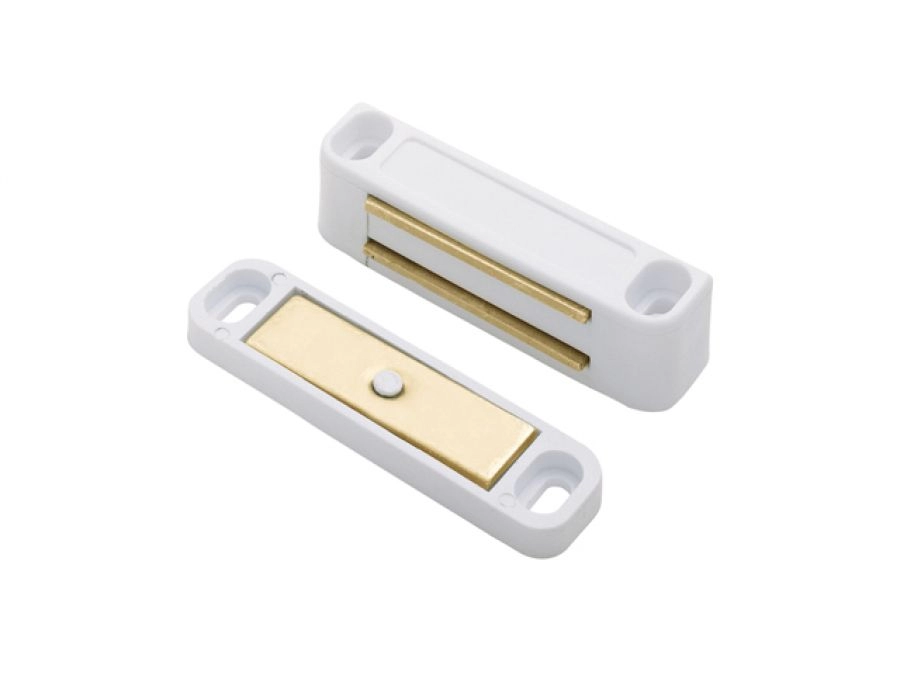
Permanent magnets are widely used in magnetic fasteners and latches, making everyday tasks easier and more reliable. You’ll find them in doors, cabinets, and even wearable tech. Their strong magnetic hold means fasteners stay secure without needing screws or complicated mechanisms.
Benefits of magnetic fasteners:
- Easy to use: Quick to open and close with just a simple pull.
- Durable: Lasts longer since there’s no mechanical wear.
- Clean design: Hidden magnets create smooth surfaces without bulky clamps.
- Versatile: Works well in small gadgets, jewelry, and large furniture pieces.
This use of permanent magnets saves time and enhances convenience both at home and in tech products commonly used across the U.S. market.
Measuring and Testing Instruments
Permanent magnets play a key role in various measuring and testing instruments used daily in navigation, manufacturing, and quality control. Compasses rely on permanent magnets to point north, helping with accurate navigation whether you’re hiking or sailing. In industrial settings, flow meters often use these magnets to detect the speed and volume of liquids moving through pipes, ensuring processes run smoothly. Magnetic sensors, powered by permanent magnets, are essential for detecting position, speed, and other changes in machines, boosting manufacturing precision and product quality. These magnets make devices more reliable and responsive, which is critical for safety and efficiency in many U.S. industries.
Magnetic Toys and Educational Kits

Permanent magnets play a big role in magnetic toys and STEM education kits. These magnets make toys more interactive and fun by allowing parts to snap together or move without batteries. In classrooms and at home, kids use magnetic sets to learn basics of physics, engineering, and even math through hands-on activities.
Using permanent magnets helps children understand concepts like attraction, repulsion, and magnetic fields in a simple, visual way. This makes STEM learning more engaging and easier to grasp. Plus, magnetic educational kits are durable and reusable, making them a smart choice for parents and teachers focused on science education.
Magnetic Therapy and Healthcare Products

Permanent magnets are often used in alternative medicine through magnetic therapy products. These magnets create a magnetic field that some believe can improve blood flow and reduce pain, although scientific support is limited. Common products include magnetic bracelets, insoles, mattress pads, and wraps designed to provide relief for joint pain, arthritis, and muscle soreness.
In the U.S. market, these magnetic therapy items are popular for those seeking non-invasive options for wellness. They’re easy to use and durable, making them a convenient addition to daily health routines. While not a full replacement for medical treatment, magnetic therapy products offer an accessible way for people to explore complementary health solutions.
Automotive and Transportation Applications
Permanent magnets play a big role in both electric vehicles (EVs) and traditional cars. They’re used in sensors, actuators, and especially motors, where their strong magnetic fields help improve performance and efficiency. In EVs, neodymium magnets are a favorite for powering brushless DC motors, offering better torque and energy use compared to older designs.
These magnets also help in various sensors that monitor speed, position, and other critical functions, making vehicles safer and more responsive. Actuators using permanent magnets allow smooth and precise control for things like throttle systems and braking. Overall, permanent magnets boost reliability and reduce energy waste, which is key for the U.S. market’s focus on fuel efficiency and cleaner transportation options.

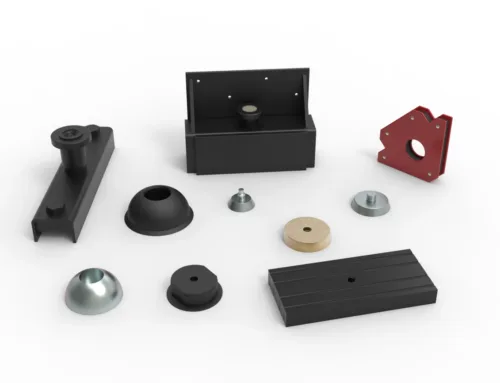
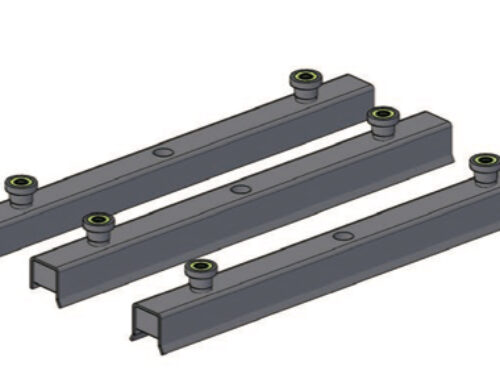
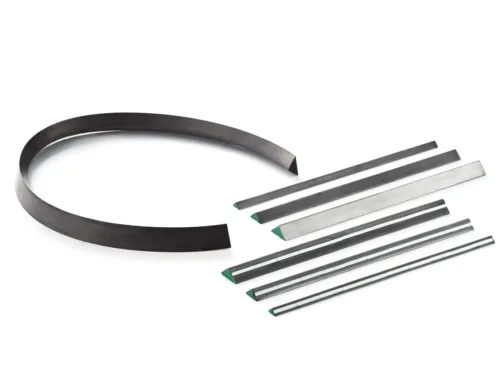
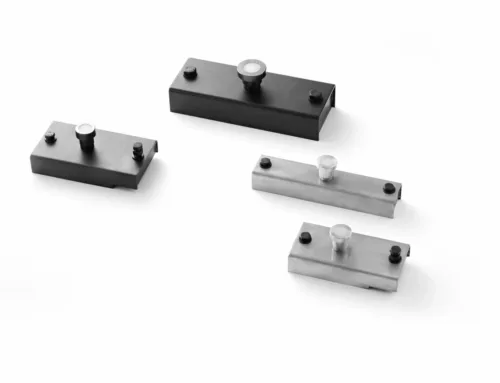
Leave A Comment